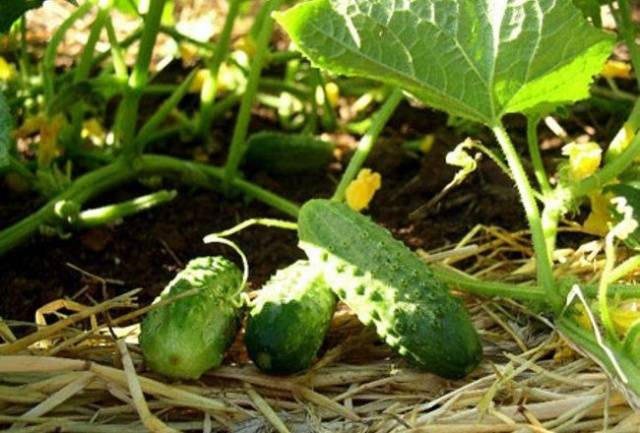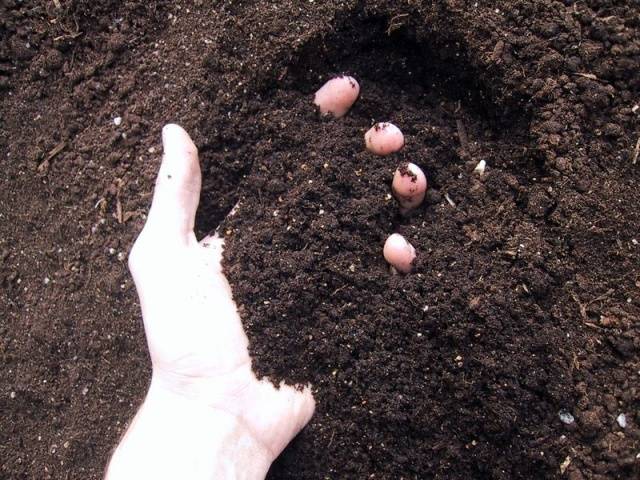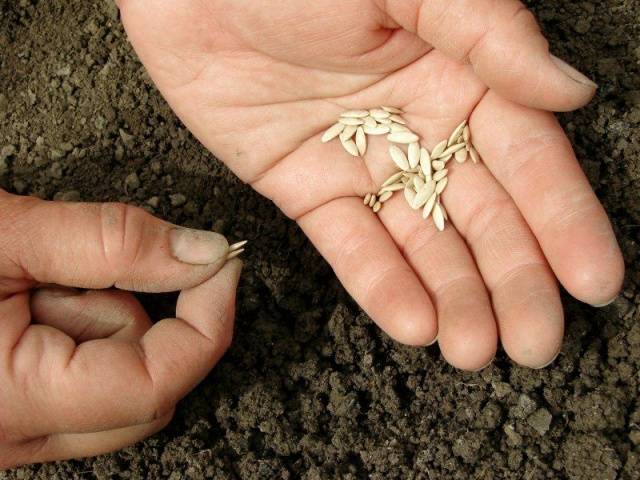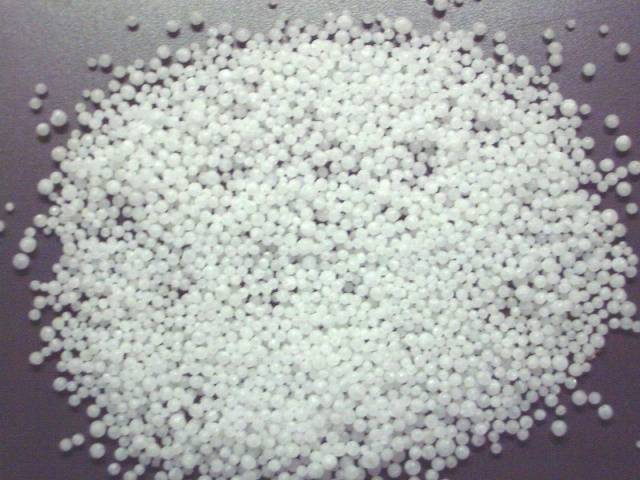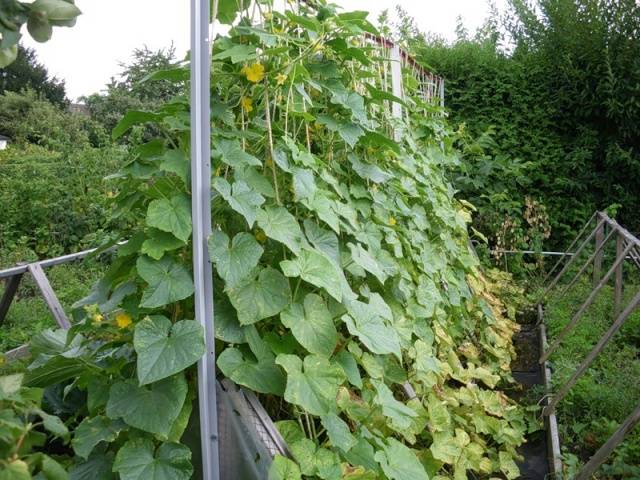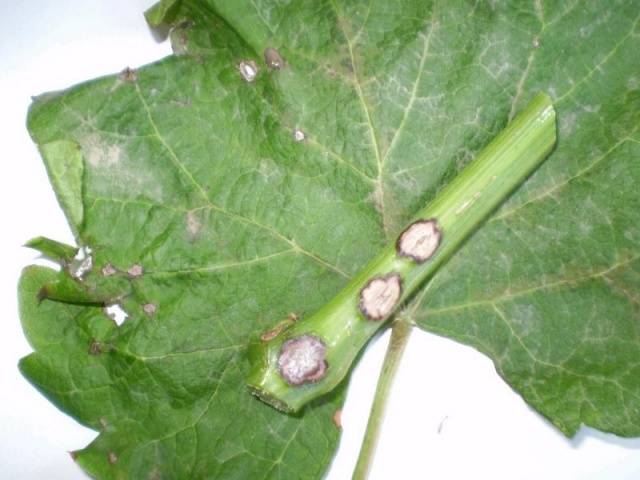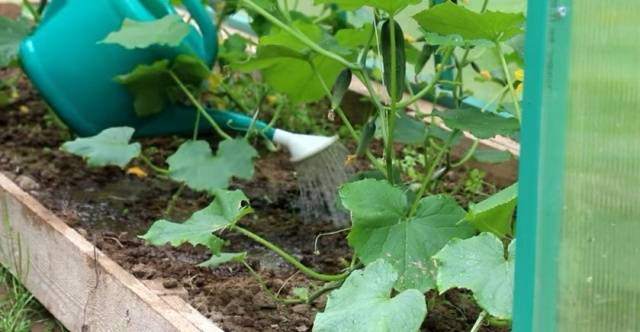Content
It is customary to plant cucumber seeds in the spring, and in the summer to harvest and prepare various salads. But sowing seeds in the middle of summer, say in July, will allow you to pamper your household with cucumbers throughout the fall, before the onset of the first frost.
Getting a good harvest of cucumbers depends not only on the quality of the seeds (more on this below), but also on climatic conditions. Those who live in warm regions do not need to worry, since seeds in July can be laid directly in open ground. The land for sowing seeds has already been prepared and mulched after the previous harvest.
With the appearance of the first sprouts of cucumbers, it is no longer so hot, but the weather is still warm enough to form a good future harvest. Inhabitants of cold regions, sowing should be carried out not with seeds, but with seedlings previously grown at home in comfortable conditions.
Preparatory stage
The preparation of cucumbers for sowing is an important step and all conditions must be observed for the normal growth of a vegetable crop and a good harvest. It is worth deciding what type of seed is suitable for sowing cucumbers in July.
So, the date has already been chosen, now you can proceed directly to the preparation of the soil for sowing cucumbers. A plot for sowing cucumber seeds in July can be chosen either in a greenhouse or outdoors.
All unnecessary plants must be removed from the selected area. Dig up the earth to the depth of a bayonet shovel, simultaneously enriching it with various fertilizers for the benefit of the crop: peat-distilled mixture, rotted mullein. You also need to add mineral dressing - double superphosphate, potassium magnesium, ammonium nitrate. With good feeding cucumbers and the harvest will be great!
Preparing seeds for sowing
The choice of seeds for sowing cucumbers is an equally important step. Preference should be given in favor of hybrids that are less susceptible to various diseases and resistant to pests. And if you consider that the harvest of cucumbers should arrive in time by August or September, seed hybrids should be early ripe. Some can withstand low temperatures, these include the following varieties of cucumber seeds:
- Buyan F1;
- Virenta F1;
- Trump card F1;
- Grasshopper F1;
- Maryina Roshcha F1;
- Ant F1;
- Saltan F1.
Ovaries from these seeds will form continuously for 3 months. A good harvest will give hybrids and the following varieties of cucumber seeds:
- Garland F1;
- Courage F1;
- May F1;
- Moscow F1;
- Palekh F1;
- Surprise F1.
There is no fundamental difference between sowing cucumber seeds in spring and summer. For a large and ripe harvest, July cucumber seeds also need to be prepared - hardened. The bushes will then grow stronger and more resilient. For this purpose, the seeds of cucumbers must be sorted, sifting small and empty grains aside. Then they need to be disinfected in a weak solution of potassium permanganate and rinsed well. After that, the seeds must be placed in a suspension of wood ash for 6 hours and dried.
But that's not all, before proceeding to sowing the beds, you need to warm up the seeds for another day, then keep them in solution for 12 hours nitrophoes... After this period, they need to be washed again, placed on gauze, previously moistened with water and covered. Instead of gauze, you can use cotton cloth or damp sawdust. The seeds will be ready for sowing in the ground as soon as they hatch. But you need to make sure that they do not have time to germinate.
Seed sowing methods
Sowing cucumber seeds can be done in one of two ways:
- linear;
- nesting.
The first method of sowing cucumber seeds involves creating small grooves up to a meter long. The distance between them is kept equal to 20 cm so that future bushes do not interfere with each other. For the second method of sowing cucumber seeds, small square areas 60x60 or 70x70 in size are formed. In the grooves, the seeds of cucumbers are laid in 2-3 pieces, and in each of the nests 4-5.
After sowing, the seeds are not watered, but sprinkled with a mixture of finely crushed pepper (black and red) on top. This measure will protect them from ants, and slugs and mice will keep away from young bushes.
Home-grown cucumber seedlings are placed together with an earthen lump from cups or other containers. When using peat pots for sowing future bushes, young seedlings should be deepened so that the edges of the pots rise slightly above ground level.
Sowing bushes with cucumbers in the middle of summer in a greenhouse method is carried out in the same way as in the case of open ground, only the distance between the grooves is chosen less than half a meter, and between the nests - 40 cm.
To harvest a rich harvest, sowing can be carried out twice with an interval of 21 days. There are some tips to keep in mind to keep your cucumber bushes safe and sound:
- If a hot summer is expected, it is worth choosing a shaded place for sowing;
- For better ripening of the crop, it is necessary that bushes with cucumbers surround plants with tall stems. They will become a kind of protective wall against wind and sunlight;
- Immediately after sowing the seeds of cucumbers, they need to be covered with some kind of material, since during this period they are vulnerable.
Correct and timely care is the key to success
After sowing the seeds in July, it is equally important to get the right care. This is not as difficult as it might seem. After three days after sowing seeds or seedlings, it is worth feeding using a urea solution (urea).
The rest of the time, feeding for cucumber bushes is made as needed. If the land was well prepared before sowing cucumber seeds, then you can do without it altogether. However, in cases of disease or insect infestation, the bushes simply need top dressing for recovery.
During the first 20-25 days at night, cucumber bushes should be covered with plastic. And so that they do not break, you must first install the wire frame. In a greenhouse, as a rule, the temperature at night rarely drops below 20 degrees and film can be dispensed with.
After each watering or precipitation, it is necessary to loosen the soil in a timely manner. This is necessary to avoid the formation of an earthen crust, due to which oxygen access to the roots of the bushes will be difficult. You also need to monitor the appearance of weeds and weed in time. Young cucumber bushes do not need competitors in terms of nutrition.
With the appearance of the 3rd or 4th permanent leaf on the bushes, it is time to tie the bushes to some kind of support. For those who do not want to do this, there are several arguments:
- In an upright position, cucumber bushes are better protected from mechanical damage;
- In this position, each bush receives a large portion of sunlight, and is better ventilated, which protects it from rotting;
- So it is much more convenient to collect a rich harvest of cucumbers;
- Tied bushes allow you to efficiently use the space of the garden (up to 70% savings).
If this is not done, then young bushes, due to their fragility, can quickly break.
Precautions
To protect the roots of the bushes from the cold, it is recommended to carry out the operation of mulching with compost with a layer of 8 or 10 cm.This applies to the underground part, but the upper part of the bushes from the cold can be saved by spraying with Epin-Extra, which is sold in ampoules with a capacity of 0.25 ml. For 5 liters of water, you need 4 such ampoules.After preparation, the solution is stored for no more than 2 days, so you need to use it immediately. For cucumbers, this is a good anti-stress remedy.
Lack of water or excessive watering, along with a small amount of nutrients in the soil, leads to the appearance of various kinds of diseases in the bushes, which is expressed by yellowing of the leaves and other characteristic signs.
Since the conditions for late sowing of bushes may not always be favorable, the appearance of rot is not excluded. You need to carefully monitor the condition of the leaves and the bushes themselves in general. When the first undesirable signs are found, it is recommended to add low-fat milk to the water for irrigation in a 1: 1 ratio. The total amount of such a solution for watering cucumbers is taken at the rate of 1 liter per 8 bushes.
If the sowing of the bushes was carried out in greenhouse conditions, then often the crop can be spoiled due to condensation appearing on the walls of the shelter. High humidity levels can lead to rot and fungal diseases such as powdery mildew. Getting rid of excess water will be irrigation at the very root and at the earliest time of the day. In this case, it is necessary to exclude the ingress of water drops on the bushes themselves.
With the end of watering, bushes with cucumbers need to be covered with non-woven material (for example, spunbond is suitable) before the air in the greenhouse warms up well. This measure is more likely to concern greenhouses made of film, because a lot of condensation does not form in glazed structures. The drug Trichodermin, which is a kind of antibiotic, will help to defeat powdery mildew.
Proper watering
Proper watering is just as important as proper sowing of the seeds. The procedure should be carried out in the early morning hours or late in the evening. In this case, the water temperature should be slightly above 25 degrees. By evening, she will just have time to warm up. If the weather is warm outside, then you need to water the bushes no more than once every 2-3 days. The amount of water should be equal to 4 liters per square meter. As soon as the bushes with cucumbers have faded, the consumption should be increased to 9 or 10 liters.
With the onset of a cold snap, the amount of water for irrigation must be reduced. This is done as a precautionary measure. Cool conditions affect the ability of the plant's roots to absorb moisture and nutrients. And abundant watering in this case will lead to the formation of rot. Thus, the frequency for the beginning is reduced to 1 time per week.
In the autumn months, and even less often - no more than 1 time every 2 weeks. The amount of water can be practically not reduced - that is, 8 or 9 liters per square meter. Adult cucumber bushes need to be watered only after the ground is completely dry. At the same time, it moistens the soil well so that moisture gets to the root system.
Conclusion
Well-chosen varieties of seeds for sowing, proper preparation, competent planting, timely care and proper irrigation technique are all the main components of an excellent harvest. Compliance with them before and on time of sowing will allow you to enjoy a fresh harvest right from the garden all autumn.
